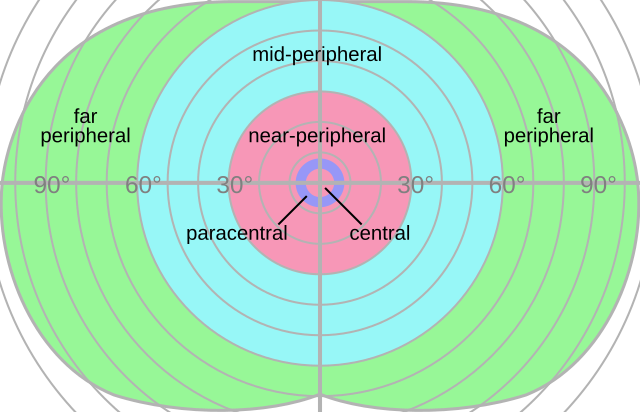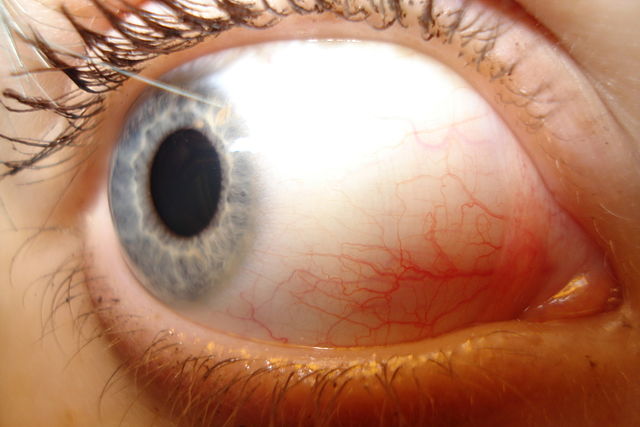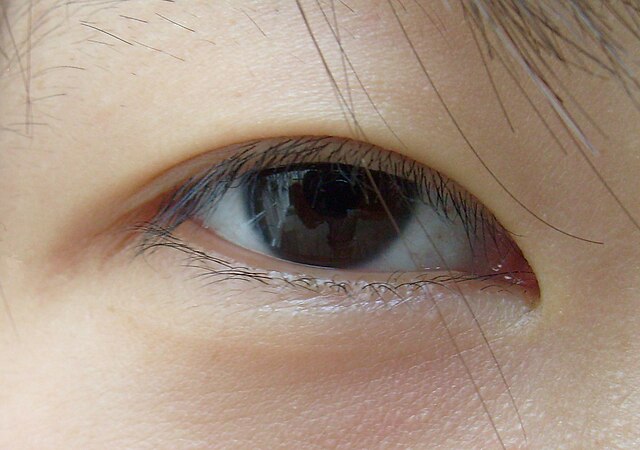We just learned about the
Central Retinal Vein.
Another part of the eyes is the
Field of View.
When we are looking forward with our eyes, we see the things in front of us, but not behind us.
We also can only see part of what is up, down, left or right without moving our head to see it all.
Some of this is because parts of our head that get in the way like cheekbones or eyebrows.
Part of it is because our eyeballs are pointed forward.
Some animals like a rabbit or a deer have eyes on the sides of their heads, so they can see almost all the way in front and in back of their bodies.
The whole space of things that you can see with your eyes without moving them is called your Field of View, or FoV.


(from: wikipedia -
peripheral vision)
Kid Facts - Blast from the past: Lingual Papillae




















